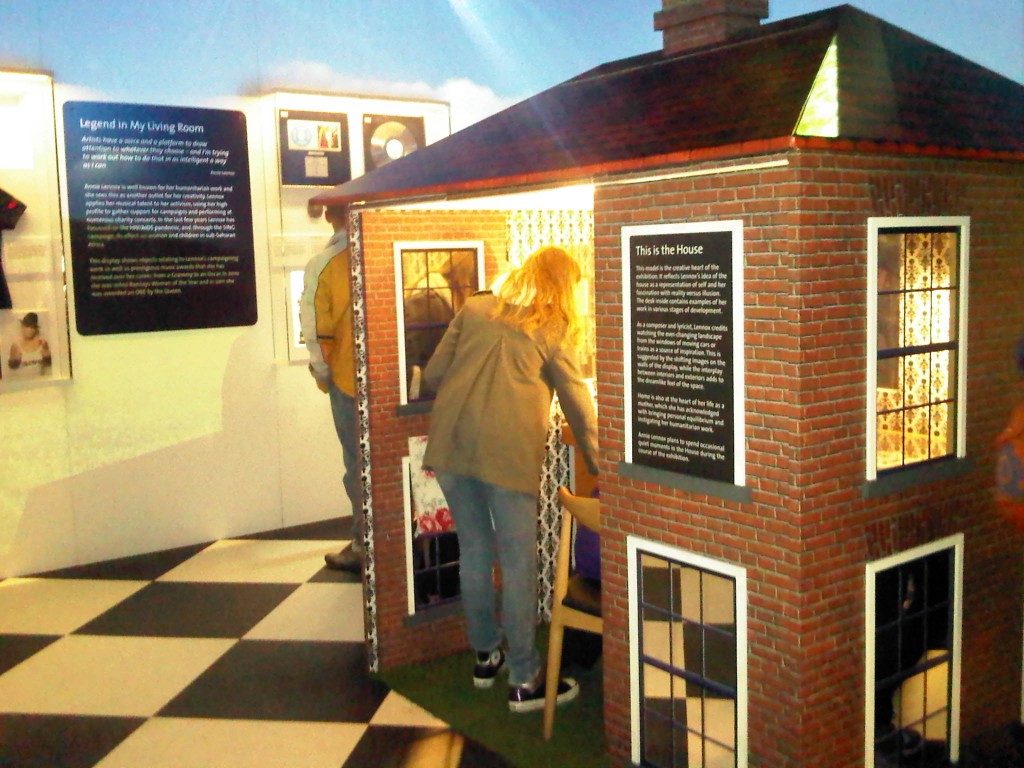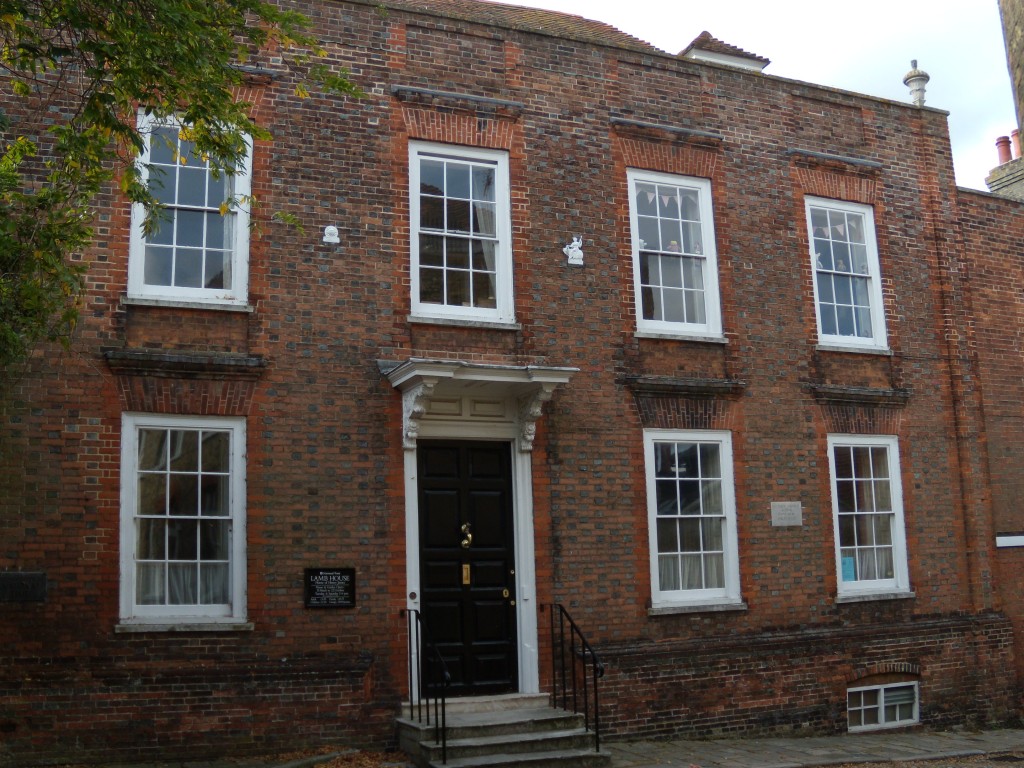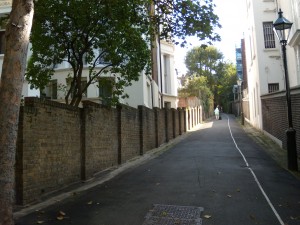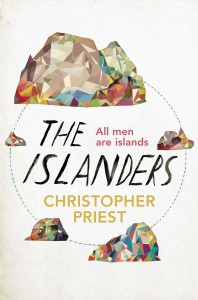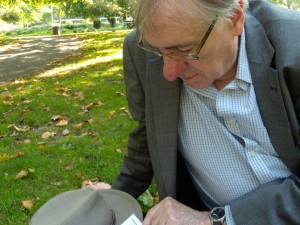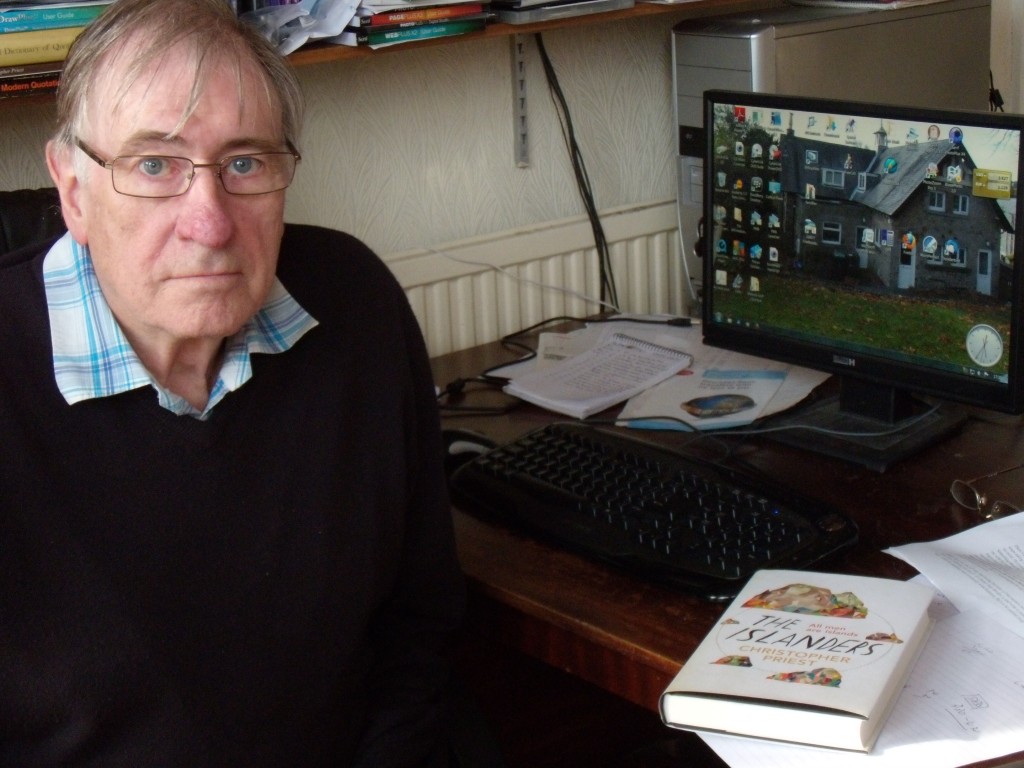One of the problems with Christmas is that it’s so ripe for subversion. As the end of December approaches, you cannot escape the feeling that you’re being ordered to have a good time, and speaking for myself I have always naturally mistrusted the behaviour of crowds.
There are of course things to be enjoyed. The Doctor Who Christmas Special, for one. M. R James’s ghost stories of course. Last year my pre-Christmas Christmas treat turnd out to be the deliciously off-the-wall Finnish movie Rare Exports, additionally memorable for me because I slipped and fell badly on the ice outside Blackheath station while on my way to see it. Not to be cheated of my evening’s entertainment I continued on my journey, and limped into the cinema just in time for the opening credits. My fallen-on hip stiffened painfully during the film and getting home afterwards was a bit tricky but the film was so worth the effort of getting there. In taking the complete piss out of Christmas, it somehow reinvigorated its magic. I mean, because of that film I now smile each time I walk past one of those glittery Santa’s Grotto things, and anything that can do that for me has to contain at least a modicum of magical power.
And today I’ve been rereading ‘Cold Snap’ by Robert Shearman. This was one of the first stories by Rob I read, the opener of his most recent collection, Everyone’s Just So So Special, and one of the most original and frightening visions of Christmas I have ever come across. It has plenty in common with Rare Exports, not just the reappraisal, shall we say, of the benificent nature of good old St Nick, but also the delicate and often difficult relationships between fathers and children. I started out reading ‘Cold Snap’ feeling wryly amused by this coal-black Christmas tale, and professionally admiring (as always) of its author’s skill with the English language and gift for original ideas. (Talk about deals with the devil…..!) I finished it in tears. The story has a poignancy and emotional truth that reaches far beyond the goal of mere entertainment, something that could be said of everything Robert Shearman writes.
Stephen King has said more than once that in writing horror fiction the trick is not to make a big deal in dffierentiating what is real from what is fantastic, to sew the seam between the two so fine that the reader will not initially be aware that he has crossed over. Rob’s skill in fantasy writing lies precisely here; in fact he doesn’t seem to differentiate between the fantastic and the quotidian at all. So it is that getting lost in fog leads perfectly naturally to a fatal encounter with killer angels. Inviting your gran round for Christmas lunch ends with…. well. zombies, what else? Rob’s great gift is for understanding people, their inner agonies and secret motivations, and you can’t read a story by him without being reminded of his ten-year stint working with the great theatre director and playwright Alan Ayckbourn. Both men have a searing talent for dialogue – Shearman’s prose writing has a dramatic quality that makes each and every story a piece of theatre – and it’s essential to remember that every now and again we see in Ayckbourn’s plays touches of the dark fantastic (I’m thinking Way Upstream, Haunting Julia) that make it clear that Ayckbourn’s writerly ambitions have always been about more than the suburban marital farces for which the great British public love him. I’m sure Ayckbourn learned as much from Shearman as the other way around.
Rob Shearman always writes with the intensity of someone who has an urgent message to deliver. The stories that make up Everyone’s Just So So Special are deeply expressive of both the English propensity for understatement and that particular national difficulty we find in properly expressing what we feel. Rob’s fantasy is not about breaking rules, it is about disregarding them entirely. I guess that’s something all writers would benefit from doing more often, and not just at Christmas.
One Christmas present come early: my novella ‘The Silver Wind’ (first published in Interzone 233) has been selected as part of the line-up for Rich Horton’s Year’s Best Science Fiction and Fantasy 2012. An honour of course, and with stories by Margo Lanagan, Kelly Link, Neil Gaiman, Theodora Goss and Jonathan Carroll in the mix I personally can’t wait to get my hands on this one.
Meanwhile, Chris has just given me the DVD box set of The KIlling 1 – another early present. So that’s me incommunicado for the next three days at least. Happy Christmas, everyone.
